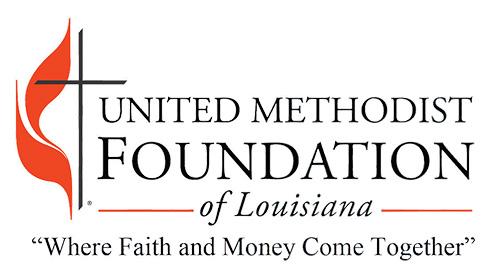Friday April 26, 2024
Case of the Week
Exit Strategies for Real Estate Investors, Part 27 Subchapter S Corporation CRT and Sale
Case:
Karl Hendricks was a man with the golden touch. Throughout his life, it seemed every investment idea that he touched turned to gold. Karl's passion was real estate, and he was very successful in his investments.Karl Hendricks is age 85, and owns a Subchapter S corporation named KarHend. Ten years ago, KarHend bought two commercial properties. One is valued at $7 million with an adjusted basis of $2 million. The second property is valued at $8 million with an adjusted basis of $2.5 million. Both properties are commercial buildings with a long-term tenant on a fixed payment lease. Karl's CPA has taken straight line depreciation on the properties.
KarHend has received multiple offers for the two commercial buildings, but has not entered into a sale contract. Karl believes it is a good time to sell, but knows there would be a large state and federal tax with his potential gain of $10.5 million.
Question:
Is there a way that Karl can sell the two properties and reduce his capital gains tax?Solution:
After discussions with his CPA and attorney, Karl transferred the $8 million KarHend property into a 20 year term CRT with income distributed to KarHend. Karl plans to sell both the CRT property and the $7 million building to a new buyer. The gain on the CRT property is bypassed and the tax savings from the CRT deduction will reduce the tax payable on the remaining $5 million gain.KarHend entered into a sale contract for the $7 million property and the CRT trustee agreed to sell the $8 million building to the same buyer. After closing, KarHend received $7 million and the CRT received $8M. Under the sale terms, the buyer paid the sale costs on both properties. Karl received the funds from the sale and twenty years of income from the CRT. The $7 million sale produced a taxable gain of $5 million. This flowed through to Karl and he must pay tax at a combined federal and state rate of 29%, or a payment of $1,450,000.
The $8 million CRT produces an income tax deduction of $2,923,944. The basis in the deduction is prorated at a $2.5 million divided by $8 million ratio. The $2,923,944 deduction has an inside allocated basis of $913,733. Because Karl has $1 million in outside basis on his stock, the charitable deduction flows through to him with a prorated basis of $913,733 and reduces his outside basis to $86,267. The shareholder's outside basis will be reduced by the amount of the proportionate corporate basis in the donated asset, but the basis cannot be reduced below zero. Because this is a 30%-type appreciated property deduction, Karl will be able to deduct about $2 million of this amount in the year of the sale. The balance of his deduction is likely to be spread over the next three or four years. Karl understands he will pay the tax on his gain in year one, but his full tax savings will be spread over several years. Because his outside basis is reduced by the prorated KarHend basis, Karl will benefit from the full $2,923,944 charitable deduction.
This plan saves Karl over $2.8 million in taxes! If he were to sell the two properties without the CRT, his 29% capital gains tax on $10.5 million would be $3,045,000. However, with capital gains tax payable of $1,450,000 and CRT income tax savings of $1,228,056, his net tax paid is $221,944. Karl is delighted with his colossal tax reduction!
Previous Articles
Exit Strategies for Real Estate Investors, Part 26 Buildings Inside Subchapter S Corporation
Exit Strategies for Real Estate Investors, Part 25 An Outright Gift Naming Opportunity
Exit Strategies for Real Estate Investors, Part 24 Bargain Sale of Home
Exit Strategies for Real Estate Investors, Part 23 Gift Annuity for Home
Exit Strategies for Real Estate Investors, Part 22 Life Estate






